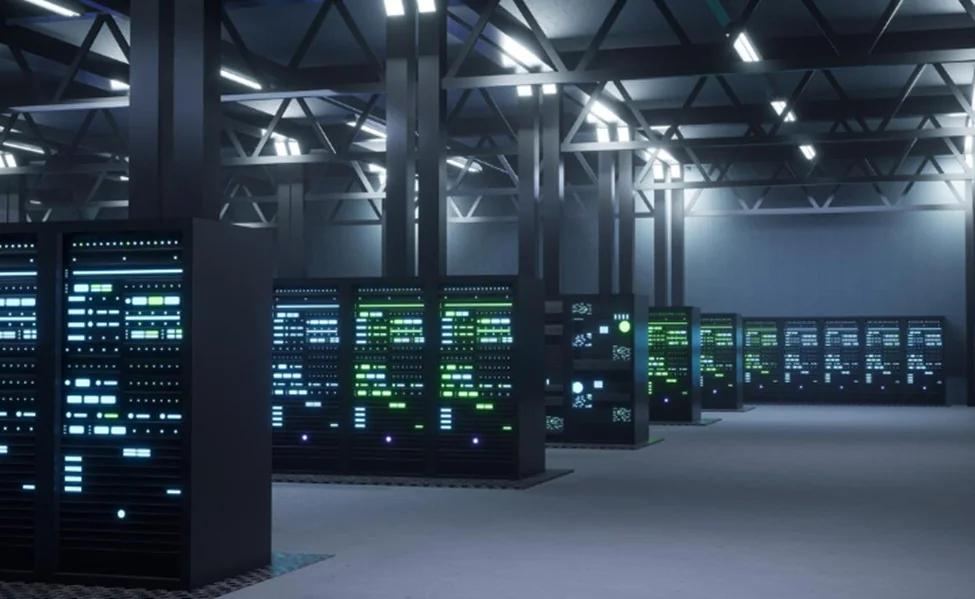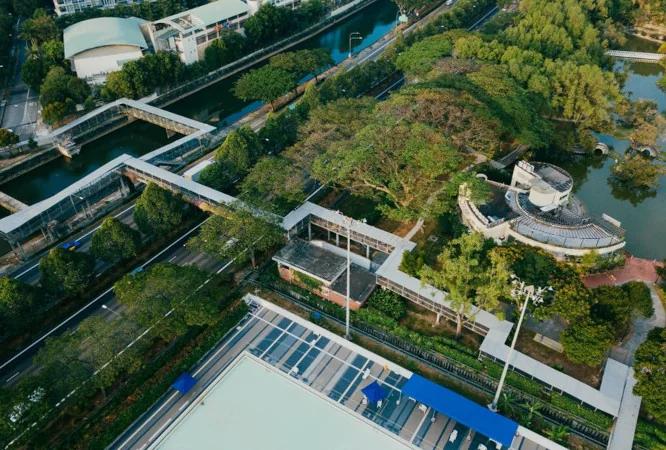Blog
Category

What is an “Industrial Park”? How is it different from an Industrial Estate and an Industrial Zone?
An “Industrial Park” is one of the key mechanisms driving Thailand’s economy. It serves as a central hub for hosting large-scale factories and businesses that require comprehensive infrastructure.

Biomass Energy: Clean Energy for the Modern Industry
In an era where the industrial sector emphasizes waste reduction, carbon emission cuts, and efficient resource management, biomass energy has become a key mechanism in the circular economy. This is especially true for industries that generate large amounts of agricultural residues such as wood scraps, rice husks, sugarcane bagasse, or animal manure. These materials can be repurposed as a clean energy source, helping to reduce environmental impact while simultaneously creating added value.

Renewable Energy: The Key to Sustainable Growth
As the world faces environmental challenges and the depletion of natural resources, renewable energy has become essential for industries seeking sustainable growth. Amid growing pressure from global warming and increasingly strict environmental regulations, the business sectors, both globally and in Thailand, are transitioning toward the ESG (Environmental, Social, Governance) framework. Thailand has set ambitious goals: achieving carbon neutrality by 2050 and Net Zero Emissions by 2065.

Solar Energy: A Pathway to Carbon Neutrality
Southeast Asia is entering a new era of solar energy. The ASEAN Energy Database System forecasts that in 2024, solar power generation capacity will surge from 12.6 gigawatts (GW) in 2023 to 35.8 gigawatts (GW), an increase of almost three times in just one year, which is one of the fastest growth rates in the world.

What is a Free Zone and What Benefits Does It Offer?
What is a Free Zone and What Benefits Does It Offer?

Microsoft Announces New Data Center in Thailand: What Benefits Will This Bring to Thailand?
Microsoft Announces New Data Center in Thailand: What Benefits Will This Bring to Thailand?

Thailand: The New Hub! Global PCB Giants Invest, Making it a World Export Base
Thailand: The New Hub! Global PCB Giants Invest, Making it a World Export Base

Thailand is Actively Promoting Green Industrial Parks: How Should Investors Adjust and Respond?
Thailand is Actively Promoting Green Industrial Parks: How Should Investors Adjust and Respond?

How Should Industrial Park Enterprises Adjust to the Upcoming Climate Change Act?
How Should Industrial Park Enterprises Adjust to the Upcoming Climate Change Act?
304 Industrial Park
Creating a future-ready ecosystem for businesses, with green energy, complete facilities, and global connectivity.
Contact Us